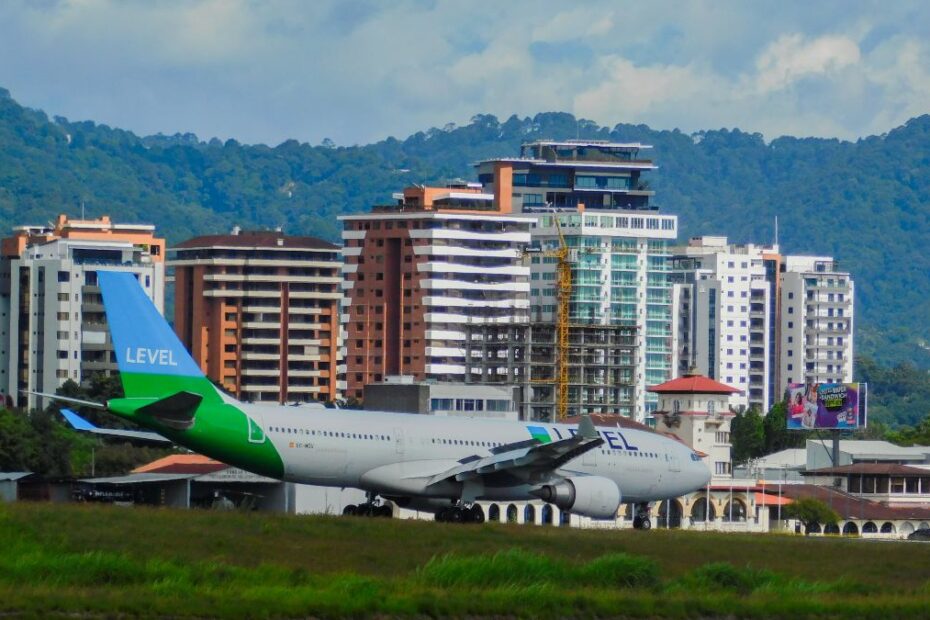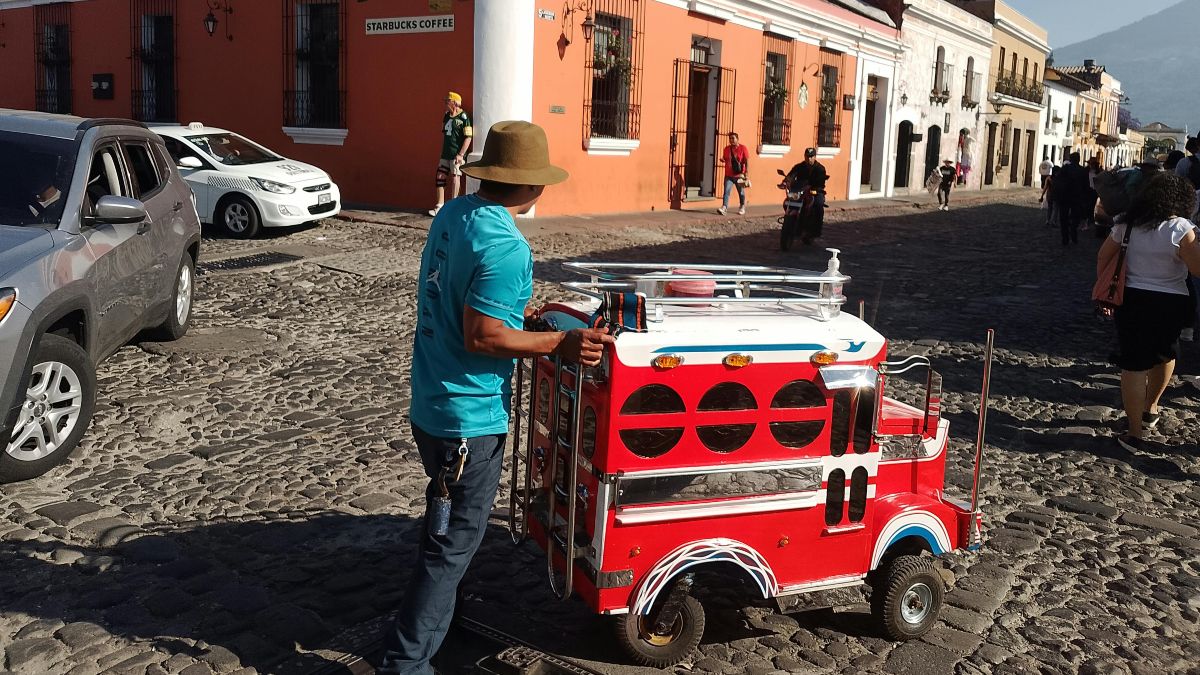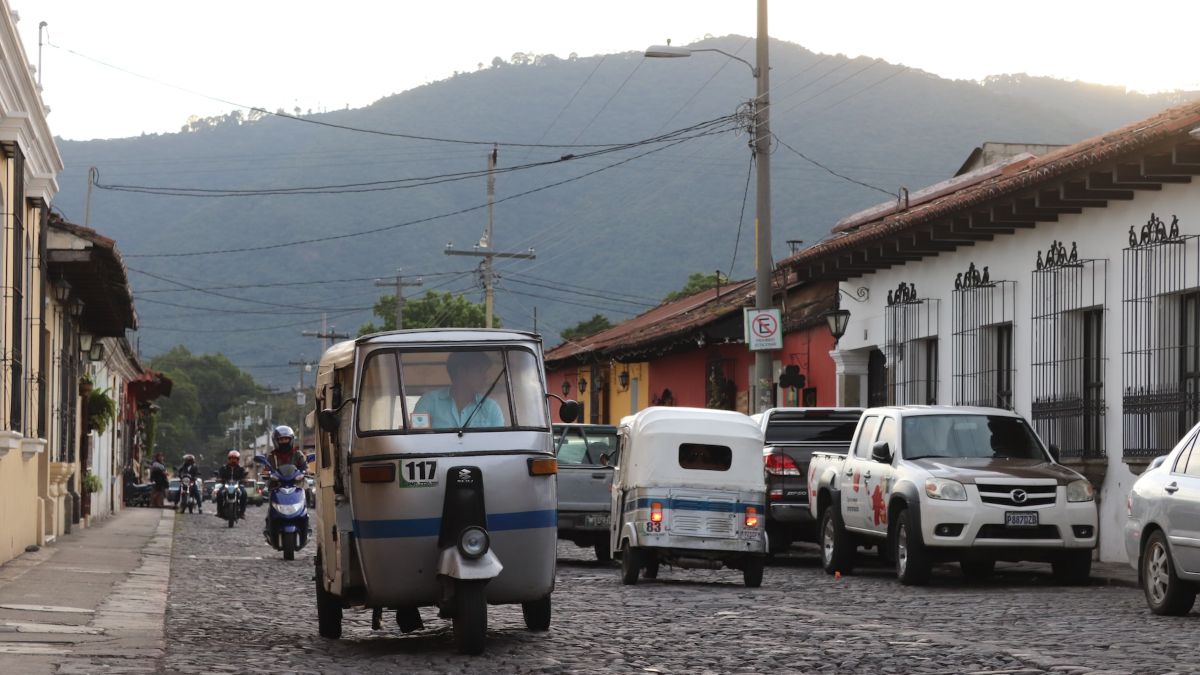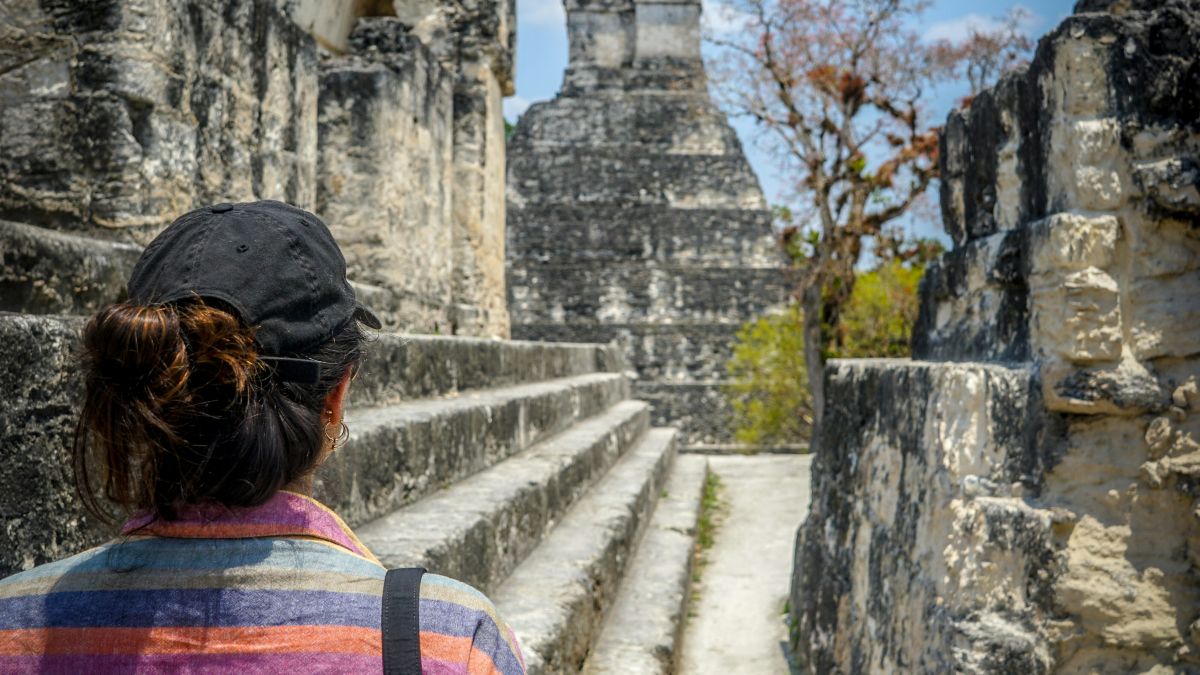Nestor Quixtan looks the challenges faced by La Aurora Airport in Guatemala and its significance in the larger context of the country’s tourism development. Will a new administration bring a long-awaited transformation?
Election cycles typically focus on three main issues in Guatemala: corruption, public safety, and low wages. Most candidates base their campaigns on ways to improve the economy or guarantee public safety. Some candidates, such as former president Jimmy Morales, base their entire platform on anti-corruption efforts.
However, tourism is one of the topics that is generally neglected. In Guatemalan politics, the tourism industry is an afterthought as each new administration comes into office with a stack of priorities, ranging from repairing dilapidated infrastructure to halting illegal immigration.
While there may be seemingly more important priorities, the fact remains that administration after administration has neglected the tourism sector. Tourism as a whole receives very little government support. It is largely up to private companies and local municipalities to make efforts to draw tourists to their respective jurisdictions.
But one particular situation has become emblematic of Guatemala’s lack of concerted efforts to support tourism: La Aurora International Airport.
Some history
Guatemala’s only international airport was built in the 1930s as a base for the fledgling air force. The military received support from the United States during its construction, which led to US planes landing and using it as a refueling station.
In World War II, the US military flew in and out of the base carrying material and passengers. After the war, the runway was expanded to accommodate civilian flights. By the 1960s, major airlines began operating flights to Guatemala City. During this time, Guatemala’s civilian airport began operating independently from its original military purposes.
It should be noted that the airport supported joint civilian-military operations during the 1960-1996 Civil War. These flights included fighter aircraft and rescue helicopters taking off and landing as part of counterinsurgent operations. Since the end of the Civil War, the airport has solely used for civilian purposes. The military runway adjacent to it has mainly been used for humanitarian missions. That said, the headquarters of the Guatemalan Air Force remain behind the main airport terminal.
A “downtown” airport
La Aurora was originally constructed well outside the Guatemala City limits. In the 1930s, accessing what is now Zona 13 was quite complicated, as mainly horse-drawn carts could traverse the muddy roads. However, Guatemala City’s proposed expansion plan in the 1950s did not initially consider keeping the airport within city limits. The plan was to move it well outside the proposed city boundaries, occupying an extensive area that could accommodate a modern international airport.
That plan came to nothing.
The new airport’s construction kept stalling until the 1970s. The 1976 earthquake marked a significant turning point as the nationwide devastation led to thousands of citizens moving from the rural countryside into the areas surrounding Guatemala City. Squatters invaded the land surrounding the airport. Various attempts at removing squatters ultimately failed, leading to further construction of roads and housing around the airport.
Nowadays, planes take off and land a few hundred feet above Central America’s largest thoroughfare. La Liberación Boulevard is Central America’s busiest road, capable of handling tens of thousands of cars per hour during peak times.
It’s become quite clear that Guatemala’s only international airport is no longer in the right location for a modern, dynamic hub.
US$158m to modernise #Guatemala‘s La Aurora airport. A PPP project of such high visibility to prove that they can work in the country. Would improve the facility to Category A but has been the focus of numerous political battles over the years. https://t.co/G3yGNH43cg
— Nic Wirtz (@NicWirtz) August 9, 2022
The complexities of relocating an airport
The last serious attempt to relocate the airport was in the early 2000s. At that time, there was a perceived need to expand La Aurora airport to accommodate more daily flights and attract new airlines to the country. However, one key issue was the lack of available land for the airport’s expansion.
This situation led to two main potential sites for the new airport. The first was a chunk of land in the southwestern department of Escuintla, mostly consisting of sugar cane plantations. This area provided many advantages, including being mostly flat, within an hour’s drive to Guatemala City, about 30 minutes to Antigua, and offering easy access to both Atitlán and the Pacific coast. A new highway was built to accommodate traffic to the airport. Although the highway was built, the airport was not.
The other proposed site was north of Antigua in the Chimaltenango department, known for its vegetable farming and quaint towns. Proximity to Antigua and Atitlán made this area particularly attractive. The PanAmerican Highway is also close to this area.
With so many advantages surrounding these proposed sites, why wasn’t the new airport built?
According to rumor, the resistance from the hotel sector in Guatemala City’s Zona Viva was too great. Moving the airport outside Guatemala City would have had a serious impact on the hotel industry within a five-minute drive from the airport.
The rationale was that if the airport were closer to Antigua and Atitlán than to Guatemala City, tourists would have no incentive to stay in the capital. The solution, then, was to build a “new” airport inside the city. The “new” airport essentially boiled down to about five new gates in the existing airport terminal.
The construction for these new gates ended in 2007, offering airlines more room to accommodate additional flights. However, attracting new airlines to Guatemala hasn’t been easy. Deals with carriers such as Spirit and JetBlue, which promised to bring in more tourists, have vanished since the pandemic. A new deal with Frontier Airlines was announced before the pandemic, but it too was affected.
Is there hope for La Aurora Airport?
Since the Covid shutdowns, the airport has experienced severe service disruptions. Issues ranging from power outages to a lack of water supply have caused significant discontent among passengers. Airlines have faced problems with faulty computer systems resulting from power outages. While the airport administration has attempted to shift the blame to the power company, inspections have revealed that service disruptions are mainly due to lack of maintenance.
During this election cycle, some presidential candidates have spoken out about La Aurora’s situation. In particular, the prevailing talking point has been to separate air traffic control duties from the airport’s administration. Currently, the Guatemalan Aeronautical Control office coordinates air traffic control and runs the airport itself. Consequently, claims of rampant corruption have grown amid the airport’s apparent lack of efficient management.
This situation has prompted presidential hopefuls to propose a separation of powers concerning the airport. The plan involves separating air traffic control and airport administration duties. Specifically, the call is to establish a public-private partnership where a private company can run the airport, similar to the international airports in Costa Rica.
In the meantime, no clear plans exist to rescue La Aurora Airport. The airport is on the verge of losing its certification. Repeated calls from the International Air Transportation Association (IATA) to improve subpar infrastructure have largely been ignored.
Perhaps the only hope is that the new administration takes tourism to heart. If so, there may be hope for La Aurora Airport after all.
Nestor Quixtan is a Canadian/Guatemalan economist, linguist, and writer. He lives in Guatemala City.




